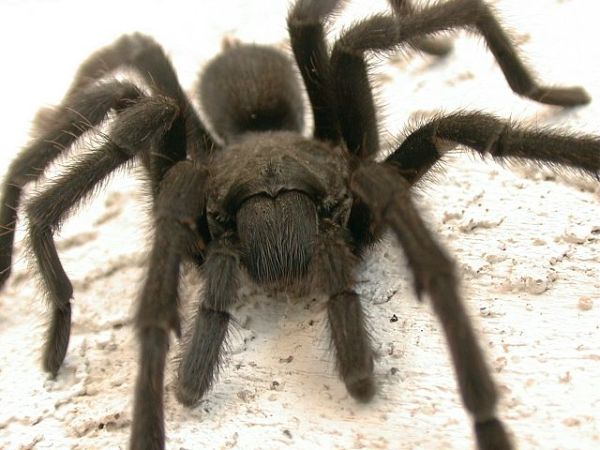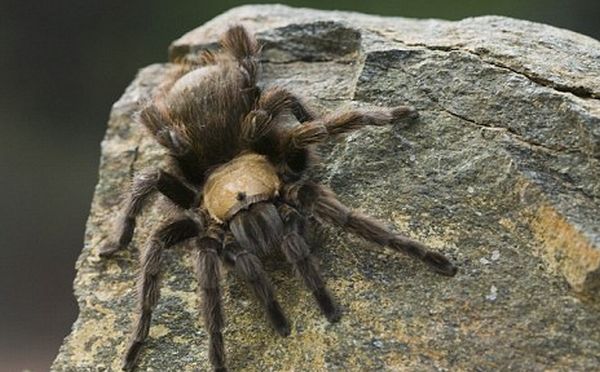
Tarantulas have large, hairy bodies and legs, which makes people feel creepy. To climb upright, slippery and smooth surfaces, tarantulas shoot silk from their feet. They use the same mechanism like a spider does, which has been discovered by a team at the Newcastle University. Initially, it was contemplated that the way a spider climbs the wall may not be apt for these tarantulas because of their body weight.
These creatures produce silk webs, which saves them from a nasty fall. This was confirmed after examining slides on which tarantulas moved. Tarantulas produce silk from their spinnerets and feet, which serve various purposes.
According to Dr Clare Rind, who directed the study
We couldn’t see any traces of silk with the naked eye but when we removed the slides and examined them under the microscope, we saw up to 30 silken threads at the point where the tarantula’s foot slipped. Our experiments to dislodge the spider made it release silk through its feet. The silk ejection was discovered by shaking a glass while the tarantula attempted to climb up it.
The Tarantulas:

There are hundreds of tarantula species found in most of the world’s tropical, subtropical, and arid regions. According to their specific environments, they may differ in color and activities. These large hairy spiders are mostly found in South America, southern North America, southern Europe, Africa, southern Asia, and Australia. Tarantulas are generally burrowers that reside in the ground and can live for more than 30 years. Hundreds of species are found all across the globe, while the largest in size being Pseudotherathosa apophysis.
Habitat:
Till date 300 species of tarantulas have been identified and spotted across deserts, rain forests and a variety of other habitats. Some genera of tarantulas live primarily in trees, others on or near the ground and a few in burrows as well.
Diet:
Their diet heavily includes insects, small reptiles, amphibians, small birds and arachnids. Being meat-eaters (carnivores), Tarantulas hunt for prey and kill it with the help of poisonous fangs. Their mouth is so powerful that tarantulas can even squash a prey. Once they are done hunting, a special chemical is injected in the prey that softens the skin. This helps in easy digestion. But the venom produced is not harmful for humans and is weaker than a bee sting. They are accomplished nocturnal predators and insects are their main prey.
Anatomy:
Tarantulas comprise a group of hairy arachnids, which have eight legs, two chelicerae with their fangs, and the pedipalps attached to the prosoma. They have been blessed with jaws that are very strong and consist of venom fangs. Their exoskeleton is quite hard and hair on their body is sensitive to touch, temperature, and smell.
Silk-producing feet:
Just to climb and stick to smooth surfaces, tarantulas have been blessed with the ability to produce silk from their feet. The theory was first proposed by Dr Claire Rind, in 2006, which was also published in the Journal of Experimental Biology.
Medical implications:
Till date, no fatal incidents have been reported due to tarantula bites. But it is suggested to seek medical aid because other proteins are included when a toxin is injected. Some people may suffer harsh symptoms due to an allergic reaction rather than to the venom. Such allergic upshots can be life-threatening.
Importance:
Tarantulas help keeping insect population in control and have a medical importance in the lives of human beings. They produce spider webs that are high in quality and strength. Chilean Rosehair (Grammostola rosea) can prevent heart fibrillation with their venom, which is beneficial for people suffering from heart diseases. Also, venom produced by the Cameroon Red Baboon (Hysterocrates gigas) is thought to be helpful for treating neurological disorders.



